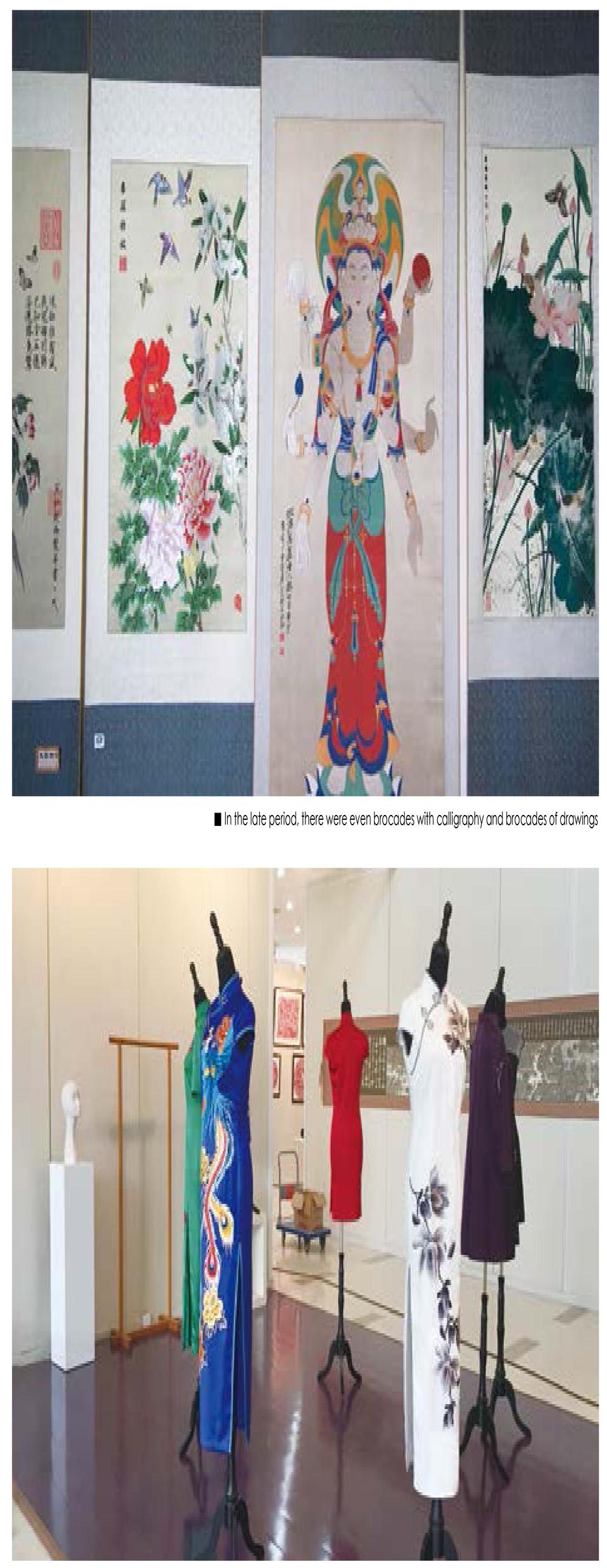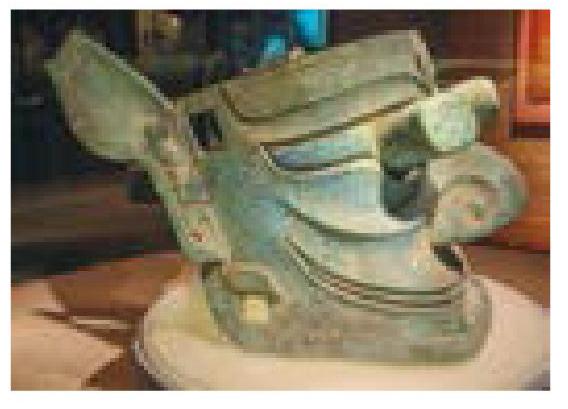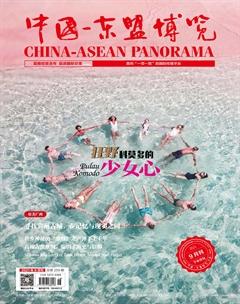Sichuan Brocade: Let Time Wraps Around Your Finger
Xie Zongming



Known as the country of silk, China was the first to develop the use of silk as fabric. The earliest surviving silk fabric example dates back to about 3630 BC when the people of Yangshao Culture buried a child wrapped in silk. For thousands of years, silk-related industries have been a feature of Chinese civilization and developed a series of textiles from the simple Bo (rough silk mostly for writing) to the exquisite brocade. Brocades have been the most expansive fabric in China before the 20th century and the Sichuan (Shu) brocade has been one of the best among its kind since the late Spring and Autumn Period (591-453 BC).
Sichuan was isolated to the other parts of China because of the Sichuan Basin and thus had different mythology and culture. Sichuan is deeply intertwined with silk culture. The ancient name Sichuan was Shu, which is the variation of another Chinese character that means “wild silkworm”. The first king of Sichuan was called Cancong, which means a swarm of silkworms. Though the name can easily raise ones entomophobia, this king was actually an expert in sericulture and was worshiped as the god of sericulture in the mythology of Sanxingdui Culture. The bond with the silk industry in Sichuan is deeply rooted in the culture, for which Sichuan had been famous for making the best silk products for the past tens of centuries.
In the late Warring States Period around 316 BC, the monarch of the state of Shu and the state of Qin jointly built the Jinniu Road, which had been the main road connecting Sichuan with the other parts of China. This is the first recorded outward road of Sichuan. Since then, the Sichuan silks had the opportunity to enter a larger market. According to a historian, the Sichuan brocade gained popularity in China since connectivity between Sichuan and other places improved. “The Sichuan Brocade has been popular since Jin Dynasty (265-420 AD). It almost took over the silk industry in the Central Plains”, written in the book Notes about Silk.
Actually, it is with evidence that Sichuan Brocade was already popular across China in the Western Han Dynasty (202 BC-9 AD). In the Three Kingdom Period, the state of Shus fiscal revenue relied heavily on the trade of Sichuan Brocade, “Now that our people and treasury are poor, the military expenses can only rely on our brocade trade”, written in the Imperial Reader when quoting the Biography of Zhuge Liang. In the Southern Song Dynasty (1127-1279 AD), an empire with weak military power but had a prosperous economy, the fiscal dependence on the Sichuan brocade was so significant that the monarch banned it from the private market to trade them but only for war horses.
Brocade has been one of many symbols of Sichuan. The governments of ancient Chinese empires always had a special department in Chengdu, Sichuan, in charge of the administration of silk production, for which Chengdu was also known as the Jinguan City (City of brocade officials). The Jinjiang River (River of brocades) also had its name given by the Chengdu citizens who washed their brocades in the river.
The most meticulous technique for the most exquisite fabric
Brocade was the most precious silk fabric in ancient China, for the weaving has specific requirements in craftsmanship and consumes a large number of man-hours. The structure of brocade consists of several intertwined layers, for which it has a rather thick texture, and Sichuan brocade is completely made of silk unlike some other kinds of brocades in China. Raw materials like silks and dyes were already expensive in ancient times. For these reasons, Sichuan Brocades, one of the best brocades in China, was a luxury that was only affordable for the royal family and wealthy businessmen.
Sichuan brocades boast bright and colorful patterns and were used mostly for making clothes because those patterns with bright colors were considered popular in the ancient aesthetic standard. The patterns have been progressing through time. At the early stage, the patterns were mostly simple symmetry of clouds and flowers. As time went by, the weaving has become more and more exquisite and dense, with patterns like flowers, birds, and butterflies. In the late period, there were even brocades with calligraphy and brocades of drawings.
The weaving of Sichuan Brocade mainly consists of two parts: one for arranging and controlling the sequence and colors of the silks before and during the weaving, which are called Tiaohua and Wanhua. The other is for weaving the silks in the set design. The former part requires an unimaginable amount of effort and concentration, for it is basically a kind of programming. The craftsmen need to sort and arrange the silks in sequence with their bare hands and naked eyes. The latter part, however, challenges the weavers speed and skills to control the shuttle so as to control the colors. It takes tens of years of effort to be an adequate weaver. He Bin, a current inheritor of Sichuan Brocade weaving, once went to the U.S. to perform the weaving of Sichuan Brocade, which earned him the applause of the Americans. In his recall, one of the audience went to him, checked his front and back, and said “Do you have a computer in you?”.
Now, with the development of technology and productivity, Sichuan Brocade is not as precious as before. Weavers start to make brocades decorations instead of only clothes. No matter what they are making, they are ensuring the inheritance of this special and exquisite technique will pass on to generations to come.

